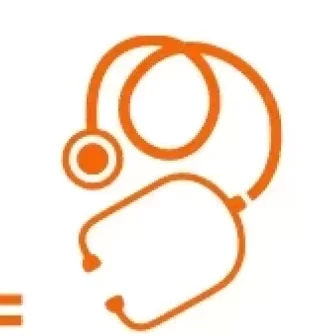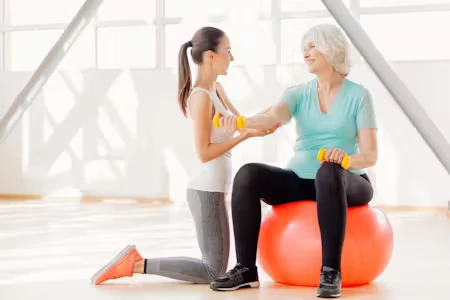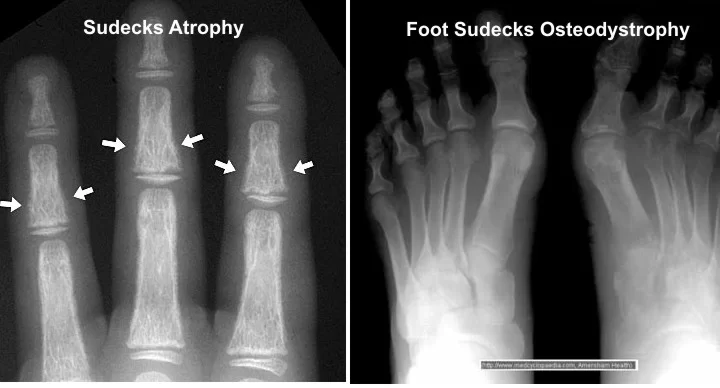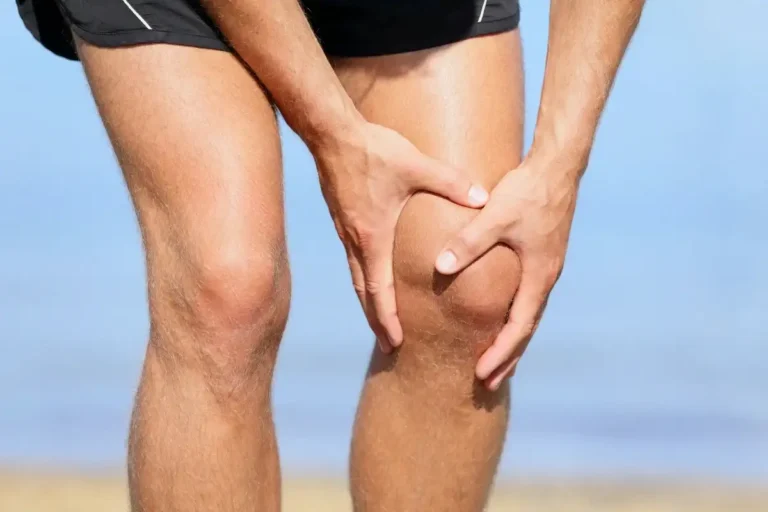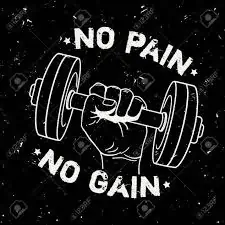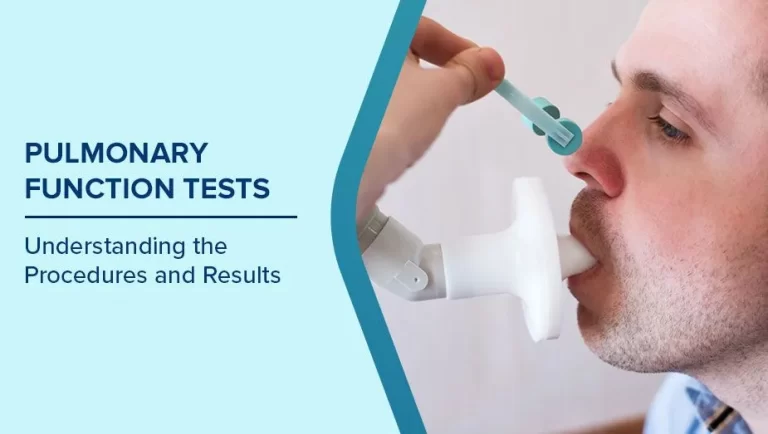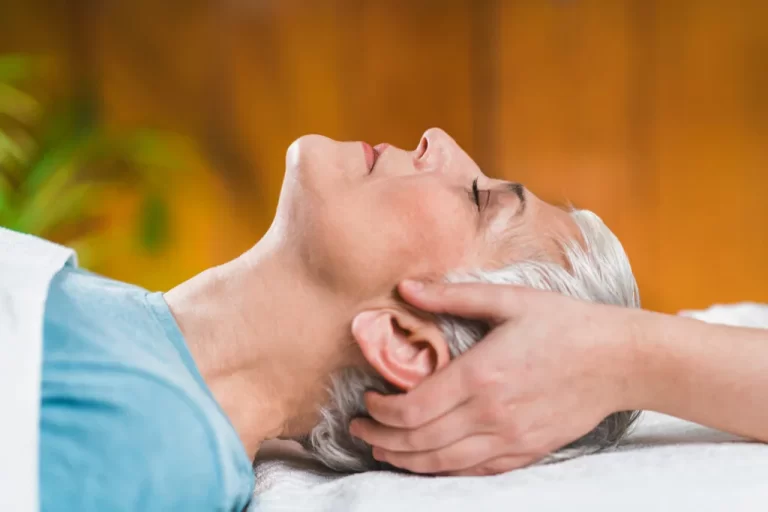Neuromuscular Reeducation
What is a Neuromuscular Reeducation?
Neuromuscular Reeducation is a therapeutic technique used in physical therapy to restore normal movement patterns and improve coordination, balance, posture, and muscle activation. It is often used after injury, surgery, or neurological conditions to retrain the nervous system and muscles to work together efficiently.
Muscles and nerves collaborate to move the body. Your muscles receive instructions from the brain about how quickly, how far, and how strongly to move through the nerves. These patterns of muscle activity for daily tasks are learnt and committed to memory over time.
Muscle movement patterns can be significantly affected when trauma or other medical or neurological problems cause damage or harm to the nerves or muscles. The body cannot properly complete basic or difficult activities, regardless of how powerful the muscles are, if the brain is not providing them with exact instructions on when and how to move.
Neuromuscular re-education encourages your muscle motor units to be recruited and your muscular control system to be timed correctly to restore normal body mechanics and movement.
Connection Between the Body and Brain
The body and brain are closely intertwined. Everything your body performs is controlled by your brain. It makes your body capable of breathing, walking, and writing, among other things.
Your brain uses a complicated network of nerves to transmit messages to your legs, telling them to move when you wish to do something like take a stroll. Additionally, it instructs your muscles on how quickly and forcefully to contract.
However, such channels are not impregnable and may sustain damage or be completely destroyed in an automobile crash. You may feel like walking at that point, but your brain is unable to properly communicate with your muscles to carry out the action.
Advantages
Neuromuscular reeducation’s main benefit is that it restores the connection between injured muscles and the brain. Improving your balance, strengthening your muscles, and relieving pressure on impinged nerves can also help reduce discomfort.
Better Motor Function and Control:
Improved motor control
Better control over movements results from neuromuscular reeducation, which improves communication between the brain and muscles.
Better coordination: It improves muscle group coordination, resulting in more fluid and effective actions.
Better balance and movement awareness are made possible by restored proprioception, which is the perception of one’s body’s location in space.
Better Balance and Less Pain:
Pain reduction:
Pain can be reduced by neuromuscular reeducation, which corrects dysfunctional movement patterns and relieves nerve pressure.
Better balance: A more solid and balanced posture is a result of stronger muscles and improved coordination.
Functional Improvement: Greater range of motion: Reeducation aids in extending joints’ range of motion, which facilitates daily tasks.
Enhanced functional ability: The capacity to carry out everyday duties is improved by increased strength, coordination, and mobility.
Enhancement of general wellness: A higher quality of life can result from less discomfort, better posture, and more self-assurance when engaging in activities.
What Is Included in Neuromuscular Re-Education?
- Techniques for manual treatment
- Exercises for balance
- Exercises for core control
- Exercises for stability when seated
- therapeutic exercises
More than 90% of the soft tissue issues that chiropractors treat may be resolved with neuromuscular reeducation exercises, according to Peter Levy, D.C. For bad movement patterns that continue after injuries, the exercises are very helpful. For instance, months after a hip or leg issue has been resolved, individuals may still walk.
Emphasizes the retraining of the spinal cord, muscles, and brain to carry out reflex and voluntary motor activities. Rehabilitation and re-education of the muscles are treated from a therapeutic viewpoint with underlying principles that are based on neuromuscular physiology.
Neuromuscular Re-Education: When Is It Used?
Techniques for neuromuscular re-education can be used in a variety of contexts. In our environment, many of the symptoms that a patient comes with throughout therapy must be eliminated by restoring normal kinesthetic sense and proprioception of the cervical, thoracic, lumbar, and appendicular bones. Many of the muscles in the affected area do not work correctly, and a patient is unable to maintain good posture when these neurological traits are not functioning correctly.
There are several techniques to “retrain” nerve impulses and enhance muscle memory through repetitive movement patterns. Numerous publications on muscle physiology and strength training concur that neural adaptation occurs before a change in strength seen as muscle cell hypertrophy or hyperplasia. Because of this brain adaptation, the patient gains strength throughout the first three to four weeks.
The amount and frequency of brain impulses inside a certain motor unit are enhanced, and this is known as an improvement of neurological “communication” with the motor end plate. This aids in restoring and retraining the “normal” brain control required for a patient to experience movement patterns free from anomalies that may result in musculoskeletal disorders.
An external direct electrical current can be used to activate a denervated muscle, which means that the nerve is unable to deliver a neurological signal to it. The muscle is totally paralyzed, though, if the nerve cannot provide the electrical impulse required to activate the motor end plate and start the contraction process. The muscle’s capacity to contract correctly will be negatively impacted by any decrease in neural input to the motor end plate or plates.
Many patients have reduced motion in one or more joints, hypomobility, and overall pain. For a joint or joints to be fully functioning, they must be in full motion. Weakness and functional limits will gradually emerge if muscle contraction is unable to articulate the joint through its whole range of motion. While each patient experiences this time frame differently, it is not unusual for symptoms to persist for weeks or months if they are not well addressed. To get rid of the patient’s symptoms and fix the “problem,” any loss of strength and mobility must be addressed.
Neuromuscular re-education plays a significant role in outpatient orthopaedic physical therapy. Acute injuries have the potential to become chronic if the right methods, exercises, and activities are not used on the affected body part. In the acute and sub-acute stages of recovery, the majority of active rehabilitation treatments focus more on re-educating the nervous system than on soft tissue, such as muscles. Only when the musculoskeletal system is under the neurological system’s control can normal movement patterns and functional capacities be restored.
Exercises
Exercises for neuromuscular reeducation are essential for rehabilitating and improving movement patterns in those recuperating from neurological disorders, surgeries, or traumas. The goals of these exercises are to improve coordination, strengthen muscles, and retrain the neural system. We will examine the advantages, essential exercises, and real-world applications of neuromuscular reeducation in this extensive blog.
The complex connection between the neurological system and muscles is referred to as neuromuscular control. It has to do with how muscles unconsciously react to information pertaining to dynamic joint stability. Purposeful motions happen naturally when this system is operating at peak efficiency. But this balance can be upset by trauma, operations, or neurological conditions, which can result in asymmetry, muscular weakness, and changed gait patterns.
By addressing these problems, neuromuscular reeducation exercises seek to restore normal mobility. It consists of functional strengthening, stretching, balancing, and coordination exercises. Patients are guided by practitioners to concentrate on sensory-motor control, joint alignment, and movement quality.
Key Component of Neuromuscular Reeducation Exercises
1. Standing Balance Exercises:
These exercises enhance proprioception and stability.
Standing balancing exercises, including weight transfers, tandem stance, and single-leg standing, enhance proprioception and stability.
2. Seated Stability Exercises:
These exercises enhance posture and core stability when done while seated.
Examples of these movements include weight transfers, tandem stance, and single-leg standing.
3. Postural Retraining or Re-Education:
Emphasizes keeping good posture when doing regular tasks.
Emphasizes alignment and joint control.
4. Isometric Muscle Contractions:
Static muscle contractions without joint movement.
Enhance muscle strength and stability.
5. Feldenkrais Method
A body-mind method that promotes awareness and efficient movement.
Gentle, exploratory movements improve neuromuscular coordination.
6. Proprioceptive Neuromuscular Facilitation (PNF):
Combines stretching and muscle activation techniques.
Enhances flexibility, strength, and coordination.
7. Electromyography (EMG) Biofeedback:
Measures muscle activity during exercises.
Aids in teaching patients how to regulate their muscular contractions.
8. Desensitization Techniques:
Exposure to various stimuli or textures.
9. Kinesthetic Training:
emphasizes precise movement and physical awareness.
Incorporates visual, auditory, and tactile cues.
Interactive Tools and Practical Applications
1. Programs for Neuromuscular Training:
Talk about functional stability and sensorimotor function.
Reduce symptoms and enhance objective function.
Take into account elements such as the length, frequency, and progression of your workouts.
2. Interactive Exercise Equipment: Involve users with unexpected, dynamic stimuli.
Improve agility, coordination, and response time.
Perfect for workout games and neuromuscular training.
3. Strength, mobility, and Pilates exercises are all incorporated into neuromuscular exercise programs.
Functional training for reeducating the neuromuscular
The Impact of Neuromuscular training on Performance and sports.
Training for Neuromuscular Function: This specialized training bridges the gap between functional mobility and rehabilitation.
It focuses on practical tasks that apply to everyday life.
Examples include getting out of a chair, ascending stairs, and lifting goods.
Practice makes perfect! Prioritize quality before quantity.
Neuromuscular Retraining: This method of relearning movement patterns is useful for those recovering from neurological illnesses or injuries.
Improving Athletic Performance:
Neuromuscular training helps athletes. It prevents injuries by fine-tuning movement patterns.
Performance improves as kinesthetic awareness increases.
Coaches use Relax Lights to train agility.
Hand-eye coordination is improved by tennis players.
FAQs
What is neuromuscular re-education?
What does it involve?
Neuromuscular re-education is a therapy method that focuses on retraining the brain and nervous system to communicate with muscles, resulting in improved mobility, balance, coordination, and posture.
What is the time frame for neuromuscular reeducation?
It will take around 6-12 weeks
References
- Neuromuscular Re-education | Integrative Physical Therapy. (n.d.). https://inspiredtherapy.com/our-services/neuromuscular-re-education/
- What is Neuromuscular Re-Education? | Maven Stories | Maven Stories. (n.d.). https://www.maven-pt.com/maven-stories/what-is-neuromuscular-re-education
- Aligned Therapy Partners. (2023, March 29). Neuromuscular Re-education – Aligned Therapy partners. Aligned Therapy Partners -. https://alignedorthotherapy.com/therapy-services/neuromuscular-reeducation/
- Neuromuscular Reeducation – Spinal Rehabilitation and Wellness Center. (2025, May 21). Spinal Rehabilitation and Wellness Center. https://www.spinalrehabilitationwellnesscenter.com/services/neuromuscular-reeducation/
